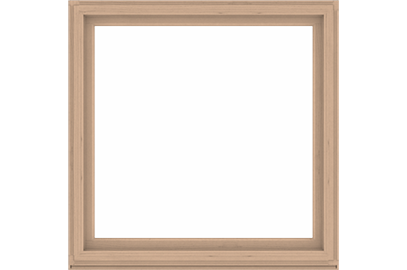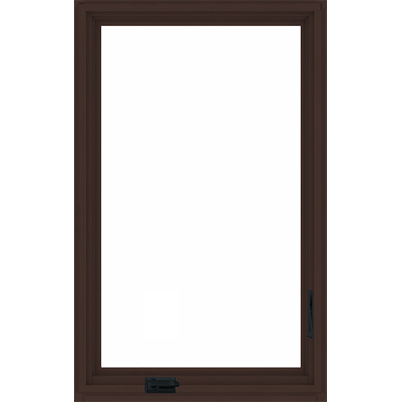Tips
How to pick out windows for a Tudor home
A Tudor home is easily recognizable for its eclectic features and unique window designs. Learn how to choose windows that will preserve the traditional Tudor home style or offer a contemporary twist.
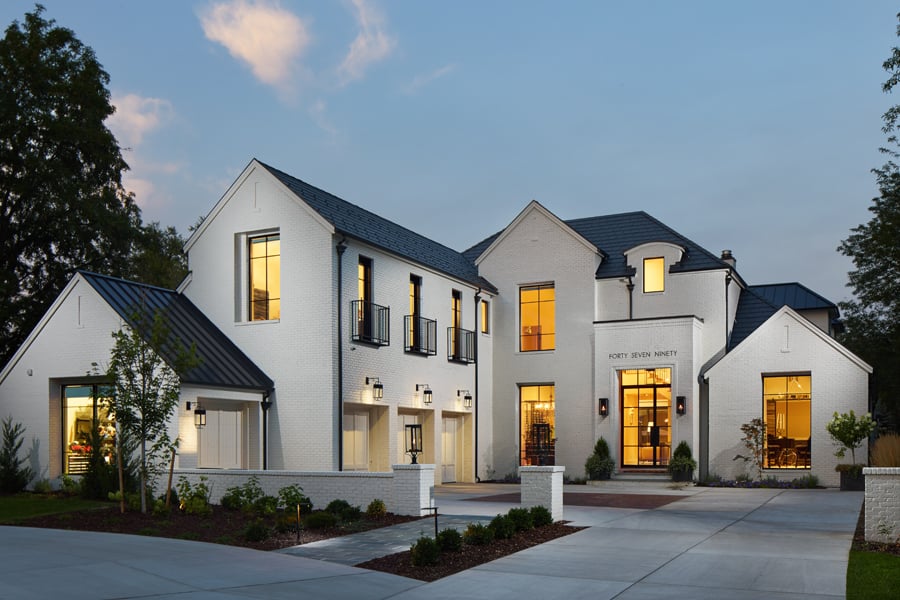
Whether you're replacing, remodeling, or building a new Tudor home, you’ve come to the right place. We’re here to guide you in selecting windows and doors that bring to life the old-world character of this style. Get tips on window and door types, colors, grilles, and more details that will complement your Tudor’s aesthetic. And if you’re hoping to put your own spin on this traditional style, we’ve got tips to help with that too!
What is a Tudor house?
The Tudor is a remnant of medieval England that made its way to the United States in the early 1900s where it was combined with details of Renaissance, Prairie, and Craftsman architecture — thereby becoming a truly American style. Exposed half timbering interspersed with stucco, steeply pitched roofs, and asymmetrical features — intricate bay windows and elaborate chimneys — are some of the distinct features seen on many Tudor homes. A front gable, or several, is another signature feature. What makes the Tudor style a joy to work with is its versatility, adaptability, and flexibility.
These qualities make it possible to bring to life a modern Tudor that’s unique to you by blending contemporary details with the old-world English architecture that roots this style.
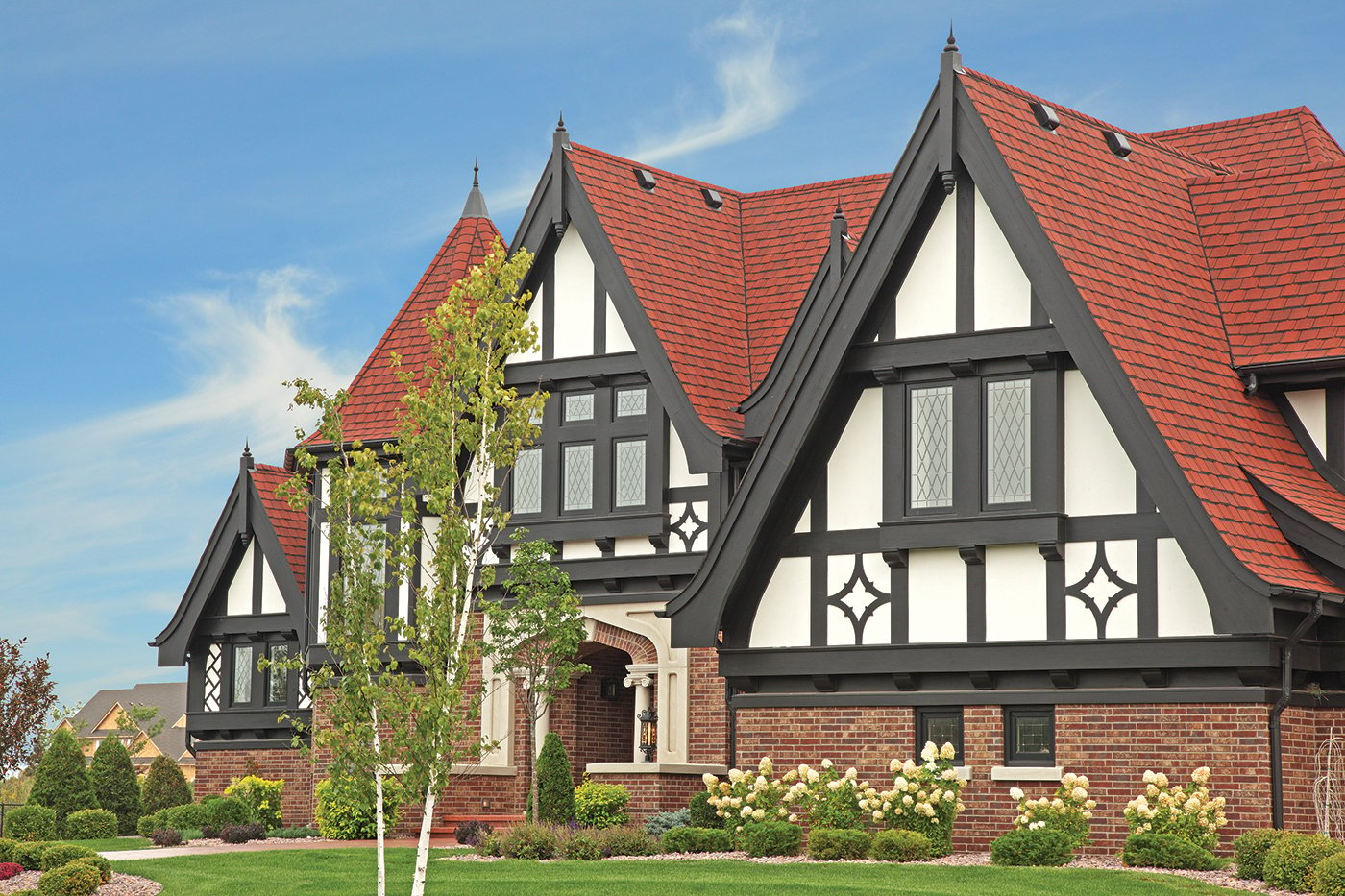
A-Series Casement and Picture Windows with diamond grilles were chosen for the front façade of this stunning traditional Tudor with three front gables.
What is a Tudor window?
Fortunately, picking out the right windows for your Tudor home doesn’t have to be complicated.
Windows on a Tudor home are typically narrow and rectangular. They often feature diamond or colonial grille patterns and deep, warm colors. More modern Tudor homes might opt for black windows with large colonial grilles. Tudor-style windows are often casements joined together and accompanied by transom windows. It is also not uncommon to see double-hung windows used on a Tudor home.
Proportions
Casement windows are a popular pick for Tudor homes and will commonly be tall and slender. They’re often grouped together in joined units of two, three, or four windows. These window units also commonly feature individual transoms above each window — as opposed to a single transom overlapping the whole unit. If double-hung windows are chosen, they’ll typically be slightly wider than a casement might be. Accent windows are usually square.
Grille patterns
The diamond grille pattern is a popular choice for Tudor-style windows, but it is also common to see the colonial grille pattern, or a combination of both. Because of the eclectic nature of this home style, there's freedom to choose either or both patterns — whatever appeals to you!
TIP: Find out more about selecting window grilles.
Colors
Deep and warm colors, such as dark brown or reddish brown, are typical of a Tudor home. While the exterior is usually white or beige stucco, the window does not necessarily need to contrast with the wall and can be similar in color values. However, the frame, sash, and trim should all be the same color.
TIP: Our E-Series product line offers more than 50 colors standard making it easy to customize windows to match your preferred color palette.
Bay windows
A charming feature of many Tudor homes is a bay window. A bay might project from the first or second floor. It’s often featured on the front of the house to add character and curb appeal.
Since an asymmetrical exterior is characteristic of this style, a bay window can also help create the right composition.
TIP: Our 400 Series product line offers beautiful bay windows that would be an ideal option for a Tudor home.
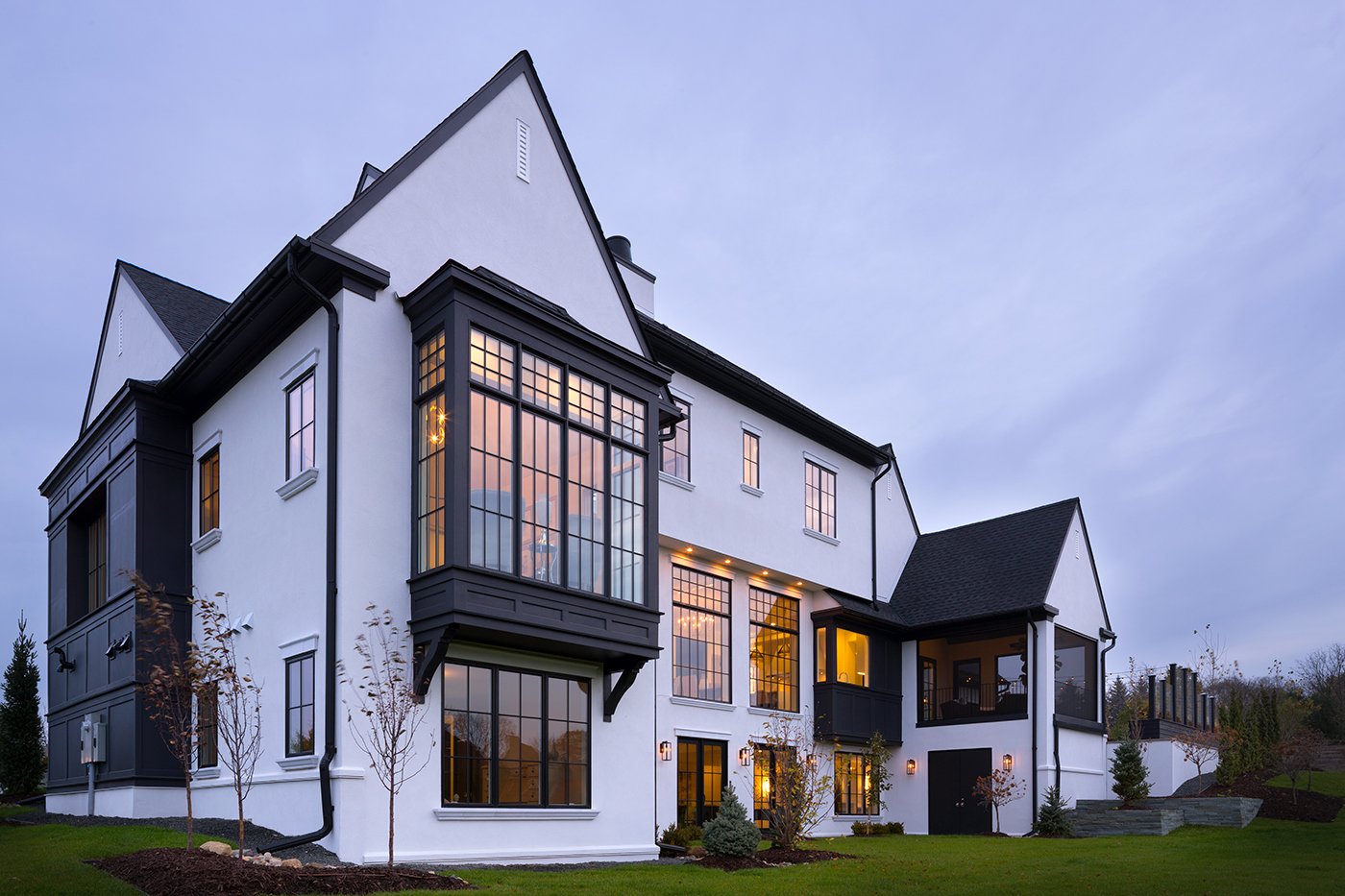
How to pick out modern Tudor windows
Modern Tudor windows favor contrast. Pairing more contemporary selections with some of Tudor’s hallmarks allows you to put your own spin on the style. Here are some ideas to get you started:
- Go big: Large windows, like floor-to-ceiling windows that are created by adding transoms above picture windows, can give you the best of both worlds.
- Lean into right angles: This might mean selecting a box bay window, which has flanking windows at 90°, or it might relate to the hardware you choose — low profile and angular is more modern.
- Be playful: Tudor style is already eclectic, so use this to your advantage. For example, you could intersperse windows with all modern selections (no grilles, black frames, etc.) with other windows that feature all traditional selections (grilles, signature colors, etc.)
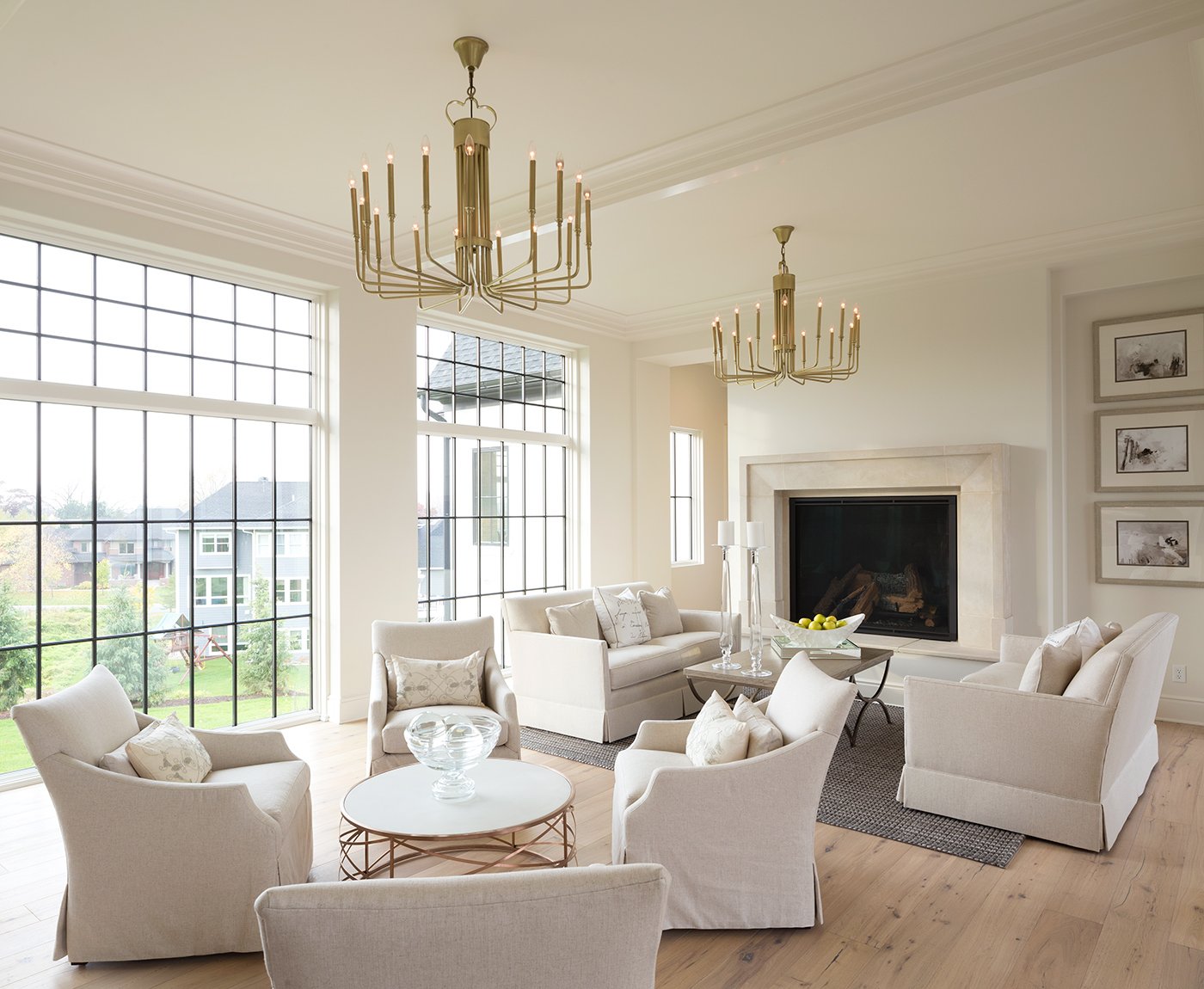
What type of doors match a Tudor?
A classic style for the main entry door of a Tudor home is the plank door, which was traditionally made of vertical planks of wood nailed together. A half-round archtop door with a small panel of glass is also a popular choice. While a solid wood door would be classic, you might see modern Tudors incorporating doors with large glass panels and black frames.
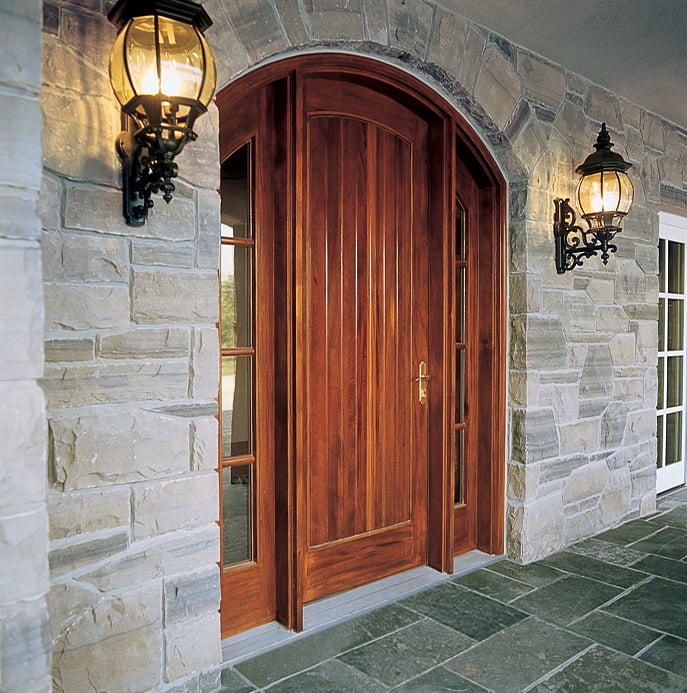
How to pick out a front door for a Tudor
For the entrance, a Tudor-style door is typically as wide, or wider, than any other single exterior door in the house. Main entry doors are often oak with a medium to dark stain — helping to create the characteristic dark, rich color palette. Choosing a diamond grille pattern for the glass panel would add to the historic English look. A simple rectangular door is also a popular option, often set back inside a vestibule with an arched entrance.
Consider the following features when deciding on your Tudor entry door:
- A covered porch around the main entrance adds curb appeal and emphasizes the entrance.
- A front door panel with an archtop shape or Springline™ door, which has a circle top, adds old-world charm.
- For a modern Tudor, consider a large glass panel with black colonial grilles and a transom.
- Bring in more natural light with a classic sidelight — a window joined to the door.
TIP: Explore your entry door options.
How to pick out a patio door for a Tudor
For your Tudor home, hinged patio doors are ideal, but gliding patio doors can work too. Historically, patio doors have used colonial grille patterns, but diamond patterns can also be used if desired. For doors leading to a garden, glass panels help make the most of the view.
TIP: The 400 Series and A-Series product lines offer the best architectural matches for Tudor hinged or gliding patio doors.
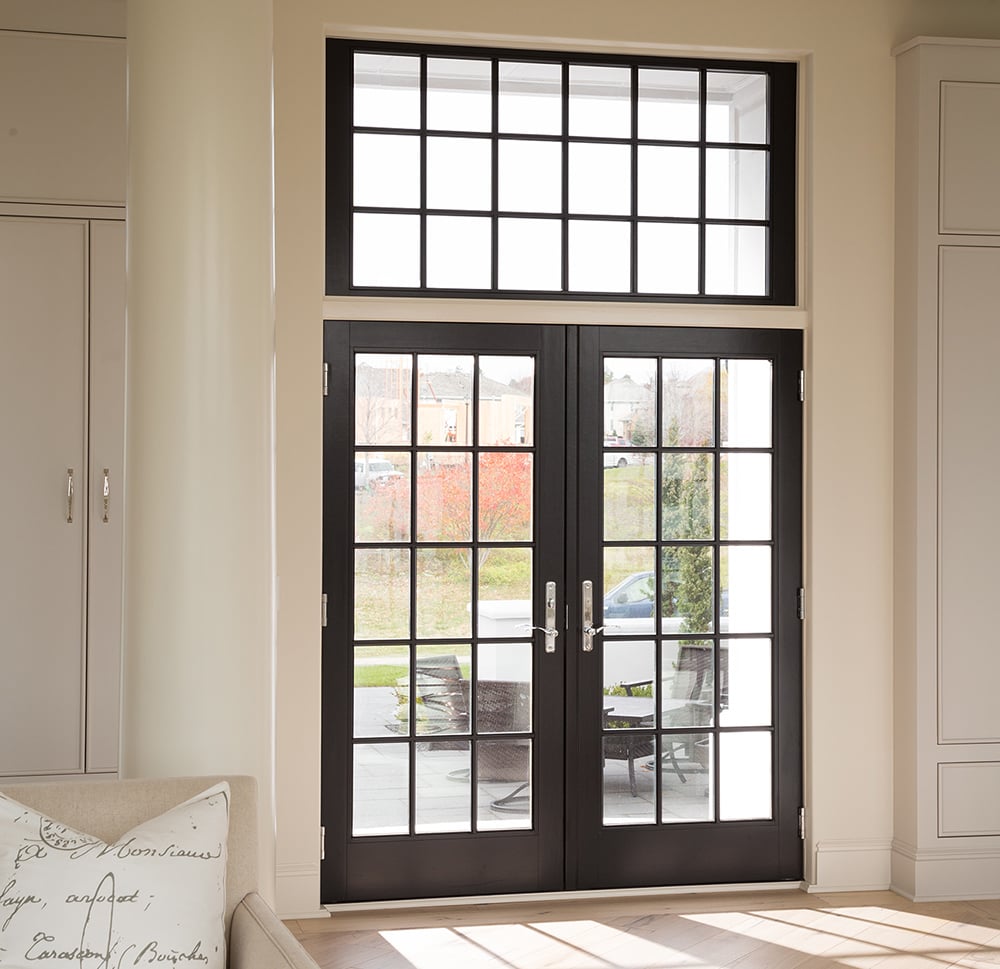
Up Next
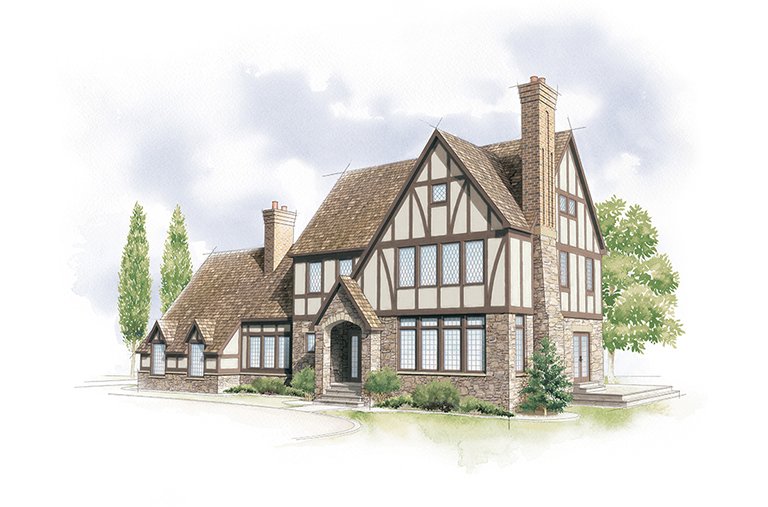
Home style
The Tudor home
Tudor style homes are based loosely on early English building traditions and emerged in the United States around 1890. The most distinctive features include exposed timbers interspersed with stucco. Details were often borrowed from Renaissance, Prairie and Craftsman styles.

